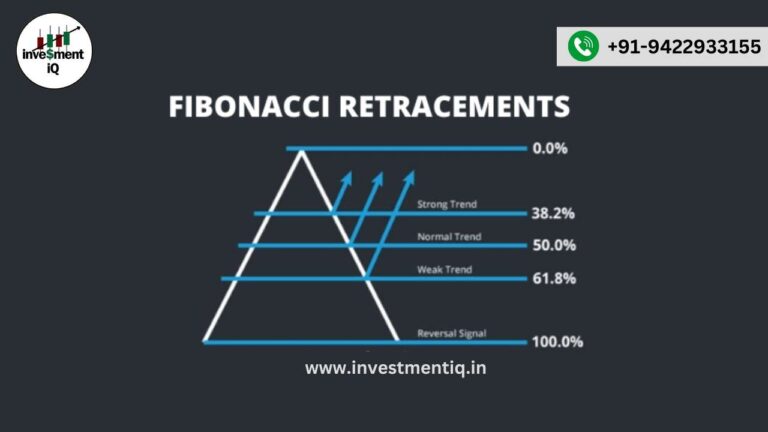The Indian stock market is a dynamic and complex system that facilitates the buying and selling of securities. It is a crucial platform for companies to raise capital and for investors to grow their wealth. In this article, we will delve into the intricacies of the How Stock Market Works in India exploring its history, key components, and how it works.
History of the Indian Stock Market
The Indian stock market has a rich history dating back to the early 20th century. The Bombay Stock Exchange (BSE) was established in 1875, making it one of the oldest stock exchanges in Asia. The National Stock Exchange (NSE) was founded in 1992 and began operations in 1994. Over the years, the Indian stock market has evolved significantly, with the introduction of new trading systems, regulations, and products.
Key Components of the Indian Stock Market
Stock Exchanges
The Indian stock market is comprised of two major stock exchanges: the Bombay Stock Exchange (BSE) and the National Stock Exchange (NSE). These exchanges provide a platform for companies to list their securities and for investors to buy and sell them.
Securities
Securities are the primary instruments traded on the Indian stock market. These include:
- Equities: Shares of companies that represent ownership in the company.
- Bonds: Debt instruments issued by companies to raise capital.
- Derivatives: Contracts that derive their value from underlying assets, such as stocks, commodities, or currencies.
- Exchange-Traded Funds (ETFs): Investment funds that track a specific market index or sector.
Market indices are used to track the performance of the Indian stock market. The most widely followed indices are:
- Sensex: A benchmark index of 30 stocks listed on the BSE.
- Nifty: A benchmark index of 50 stocks listed on the NSE.
How the Stock Market Works in India
The Indian stock market operates on a principle of supply and demand. Here is a step-by-step explanation of how it works:
- Listing: Companies list their securities on the stock exchanges by fulfilling the necessary documentation and fee requirements.
- Trading: Investors buy and sell securities through stock brokers or online trading platforms.
- Order Execution: The exchange matches buy and sell orders based on price and quantity.
- Settlement: The exchange ensures that the securities are transferred from the seller to the buyer and that the payment is made.
- Clearing: The exchange clears and settles trades, ensuring that the transactions are completed efficiently.
Investing in the Indian Stock Market
Investing in the Indian stock market can be done in several ways:
- Initial Public Offering (IPO): Investors can subscribe to the IPO of a company to buy shares at the issue price.
- Follow-on Public Offer (FPO): Investors can subscribe to the FPO of a company to buy additional shares.
- Secondary Market: Investors can buy and sell shares on the secondary market through stock brokers or online trading platforms.
Conclusion
The Indian stock market is a complex and dynamic system that offers numerous opportunities for investors to grow their wealth. Understanding how the stock market works in India is crucial for making informed investment decisions. By following the guidelines outlined in this article, investors can navigate the Indian stock market with confidence.



